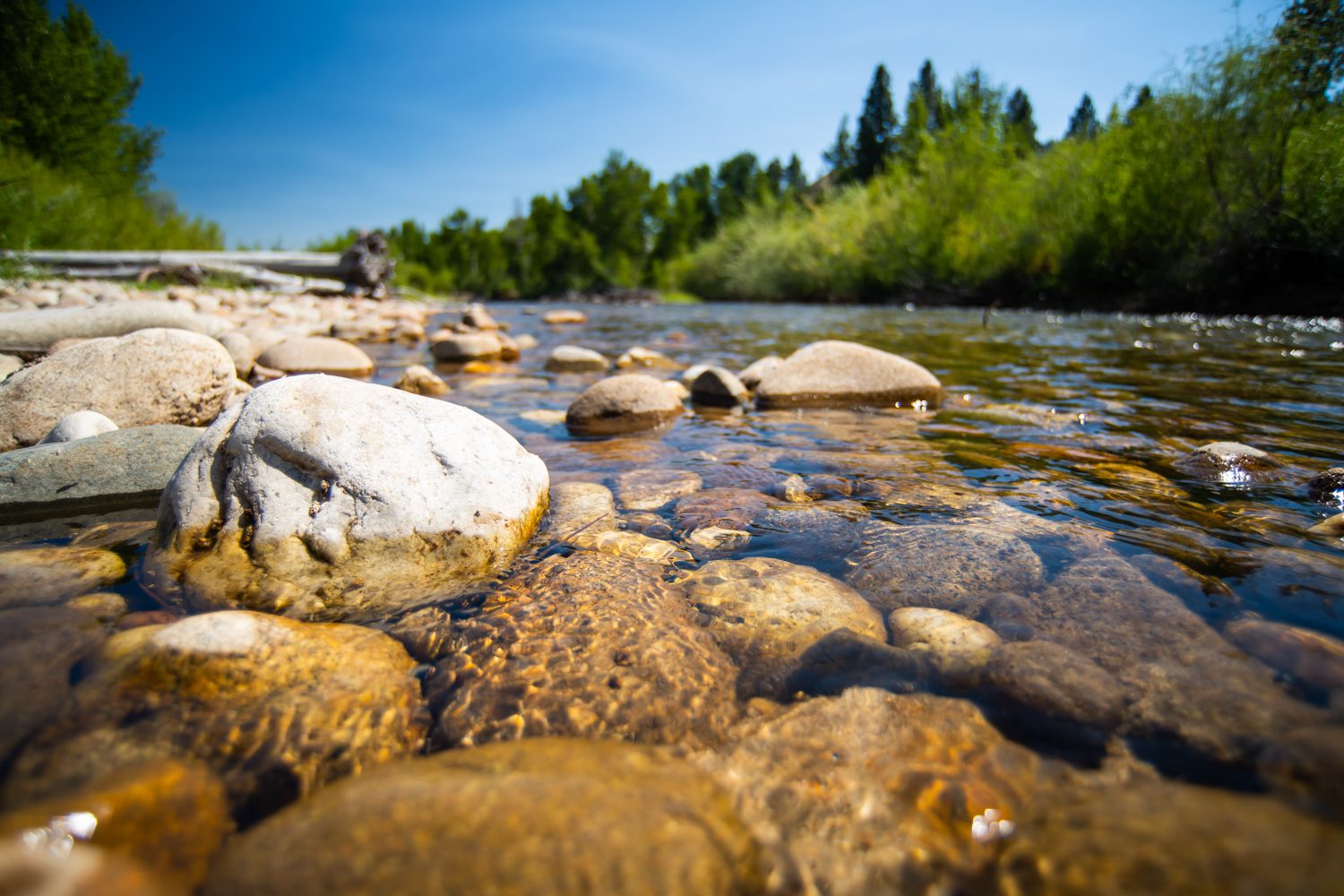- $95 million available from Bipartisan Infrastructure Law for collaborative conservation projects.
- Focus on drought resilience, water conservation, and nature-based solutions.
- Builds on the success of last year’s $51 million investment.
- Prioritizes solutions benefitting multiple water use sectors.
April 22, 2024 –– The U.S. Department of the Interior is combating climate change impacts with a $95 million investment in water resource bolstering, ecosystem health, and community resilience projects. Unveiled last week by Secretary Deb Haaland at the National Conference on Ecosystem Restoration, this funding is part of President Biden’s Investing in America agenda and supports the America the Beautiful initiative.
“Nature is our best ally in the fight against climate change,” stated Secretary Haaland , highlighting the critical role natural landscapes play in addressing water shortages and the escalating effects of climate change.
, highlighting the critical role natural landscapes play in addressing water shortages and the escalating effects of climate change.
Building on Success, Prioritizing Collaboration.
The new funding allocation expands on last year’s $51 million investment, which supported 30 conservation projects across 11 states. “Reclamation will continue to work collaboratively with stakeholders to leverage this once-in-a-generation investment from the Biden-Harris administration to benefit ecosystem health and water resources,” commented Bureau of Reclamation Commissioner Camille Calimlim Touton.
The focus is squarely on collaborative projects that maximize benefits for both water users and the environment. Projects promoting water conservation, efficiency, watershed restoration, and nature-based solutions will receive priority consideration.
Application Information.
The funding opportunity includes two submittal deadlines: June 18th, 2024, and March 11th, 2025. Interested parties can learn more and apply on Grants.gov by searching for funding opportunity R24AS00299.
by searching for funding opportunity R24AS00299.
The Environmental Water Resources Projects are part of the broader WaterSMART Program, a federal initiative addressing water supply challenges exacerbated by population growth, climate change, and competition for water resources. More information on WaterSMART is available at www.usbr.gov/watersmart


Leave a Reply